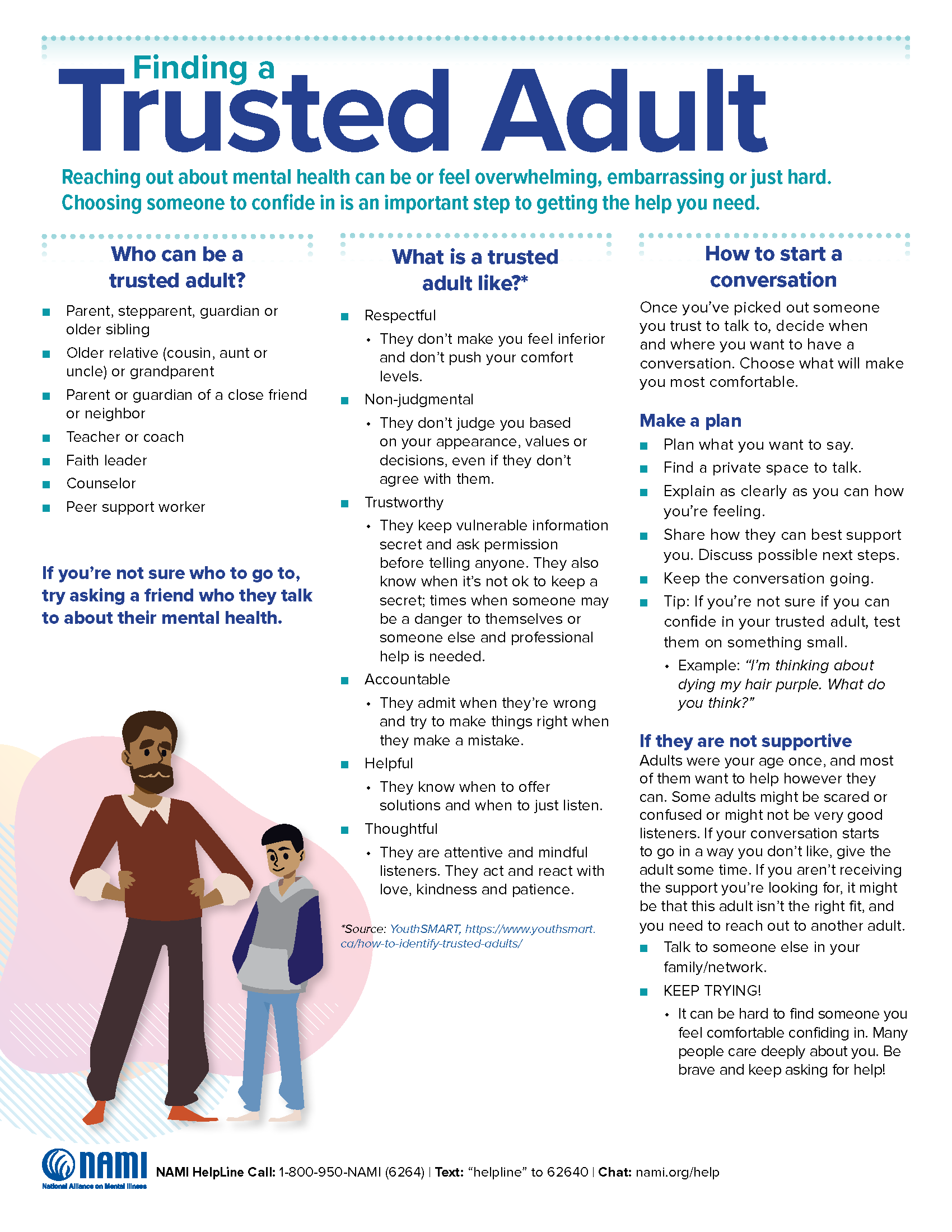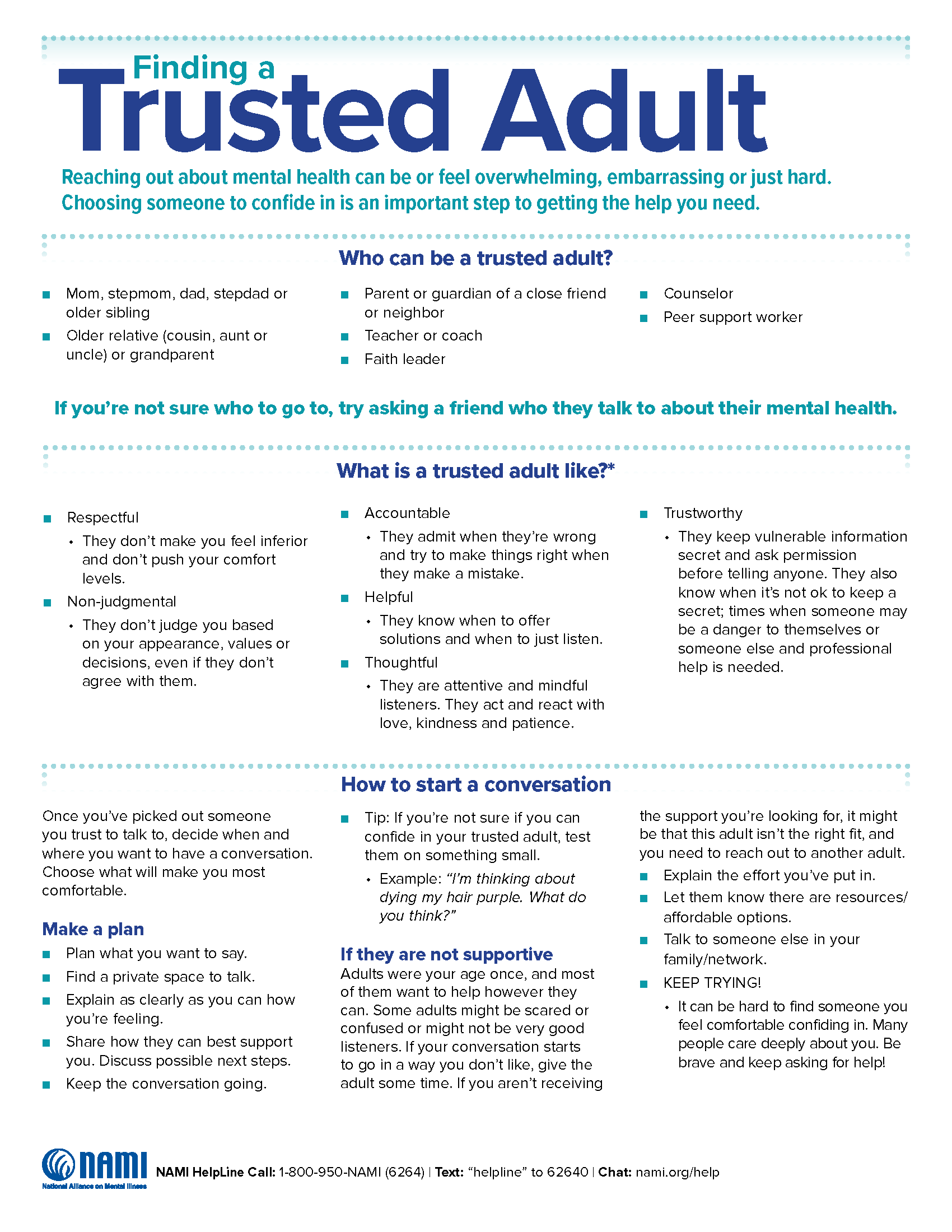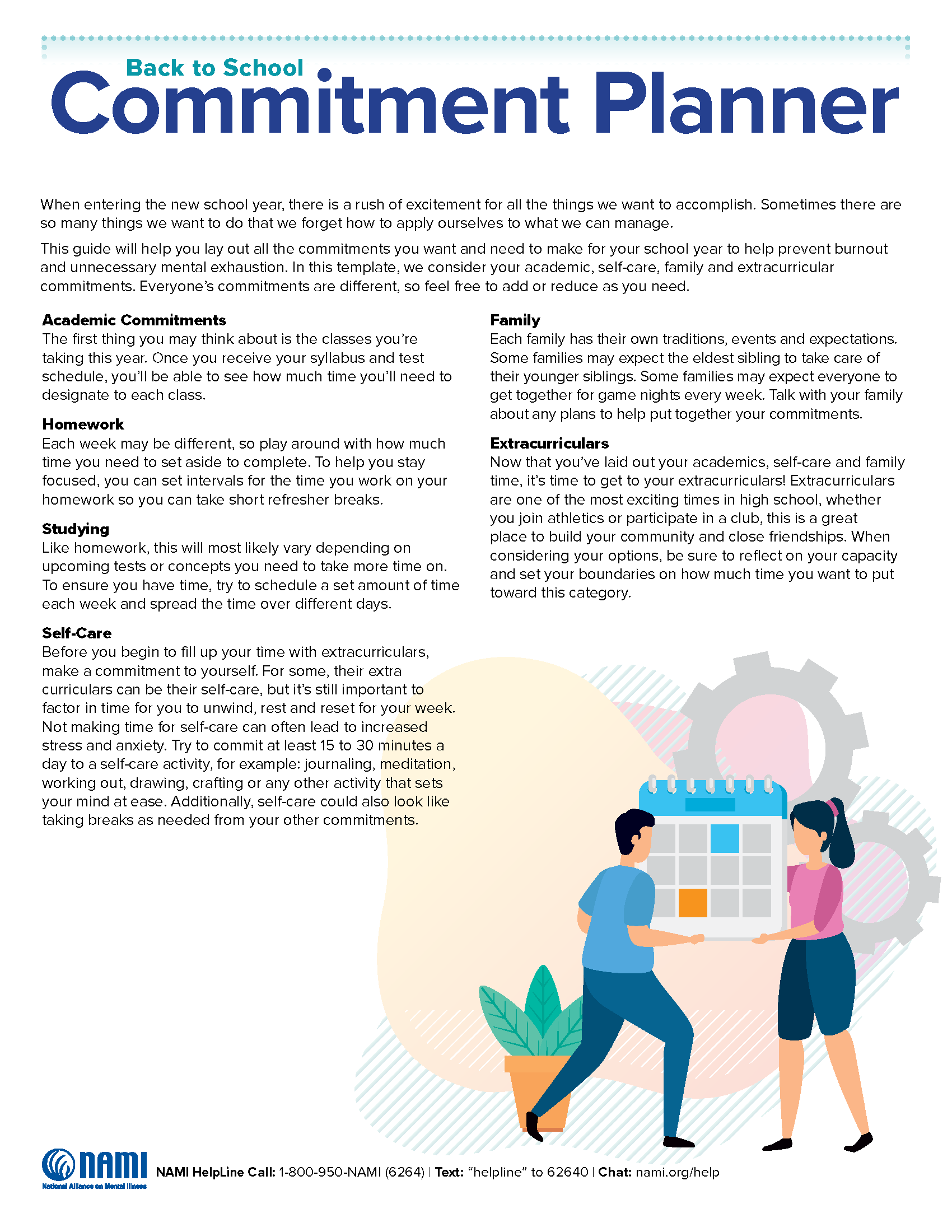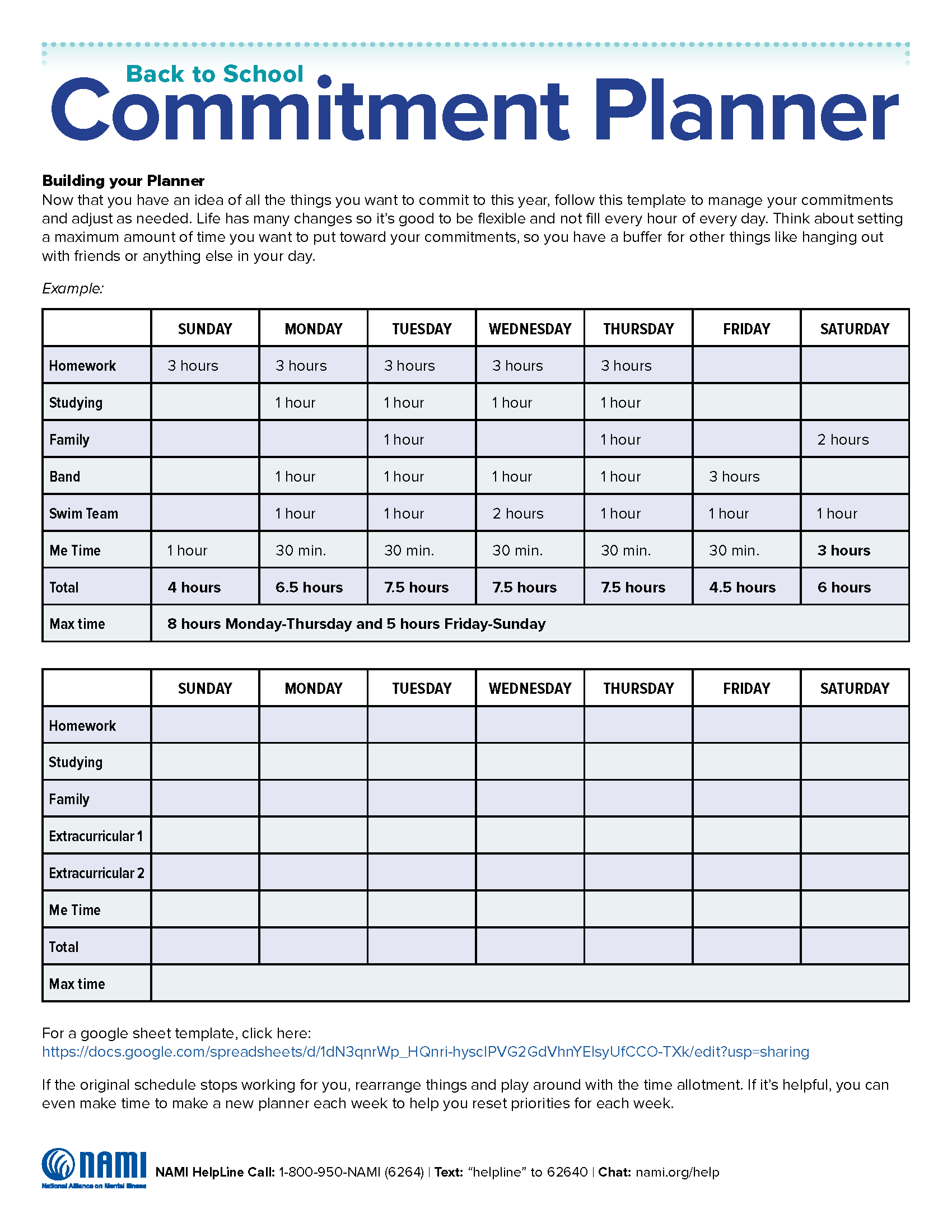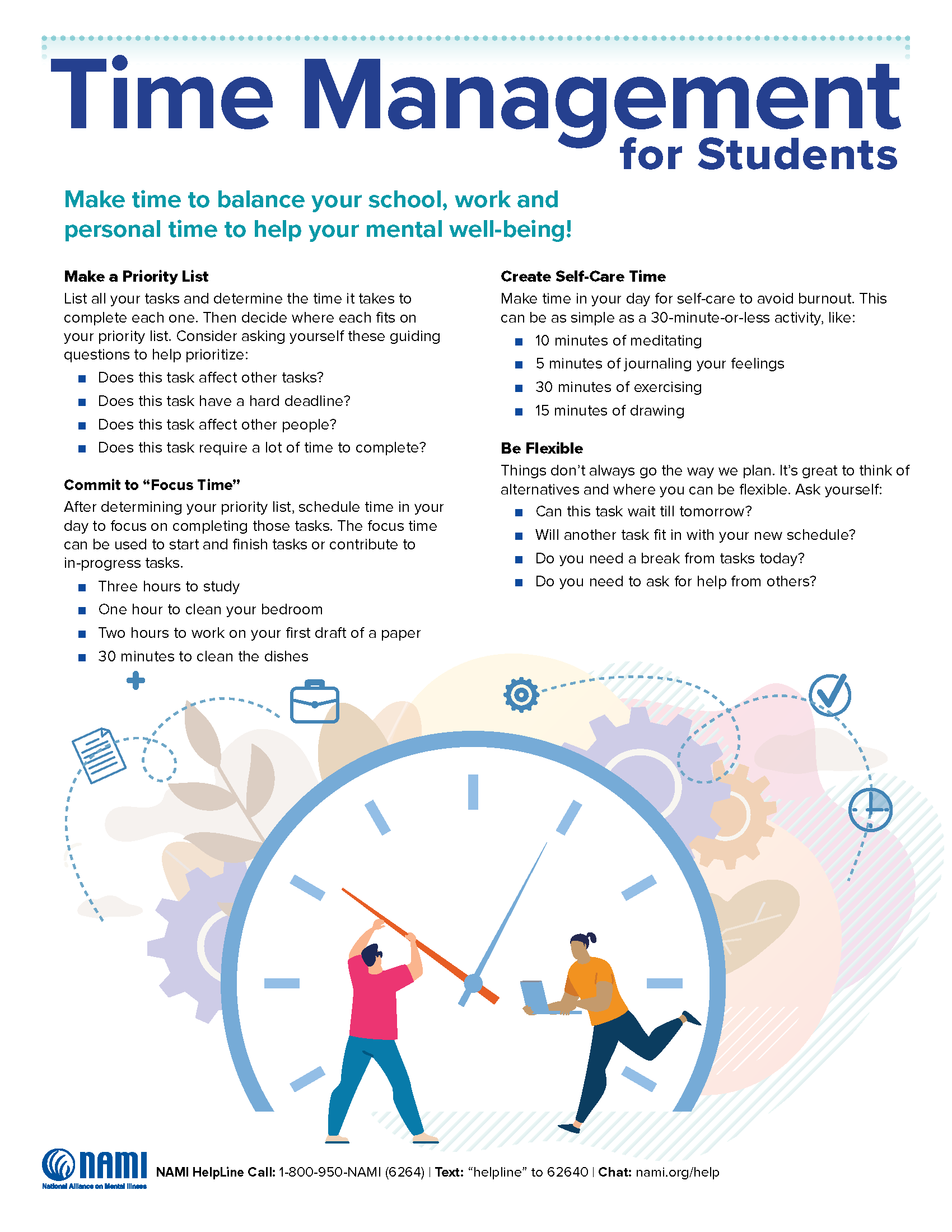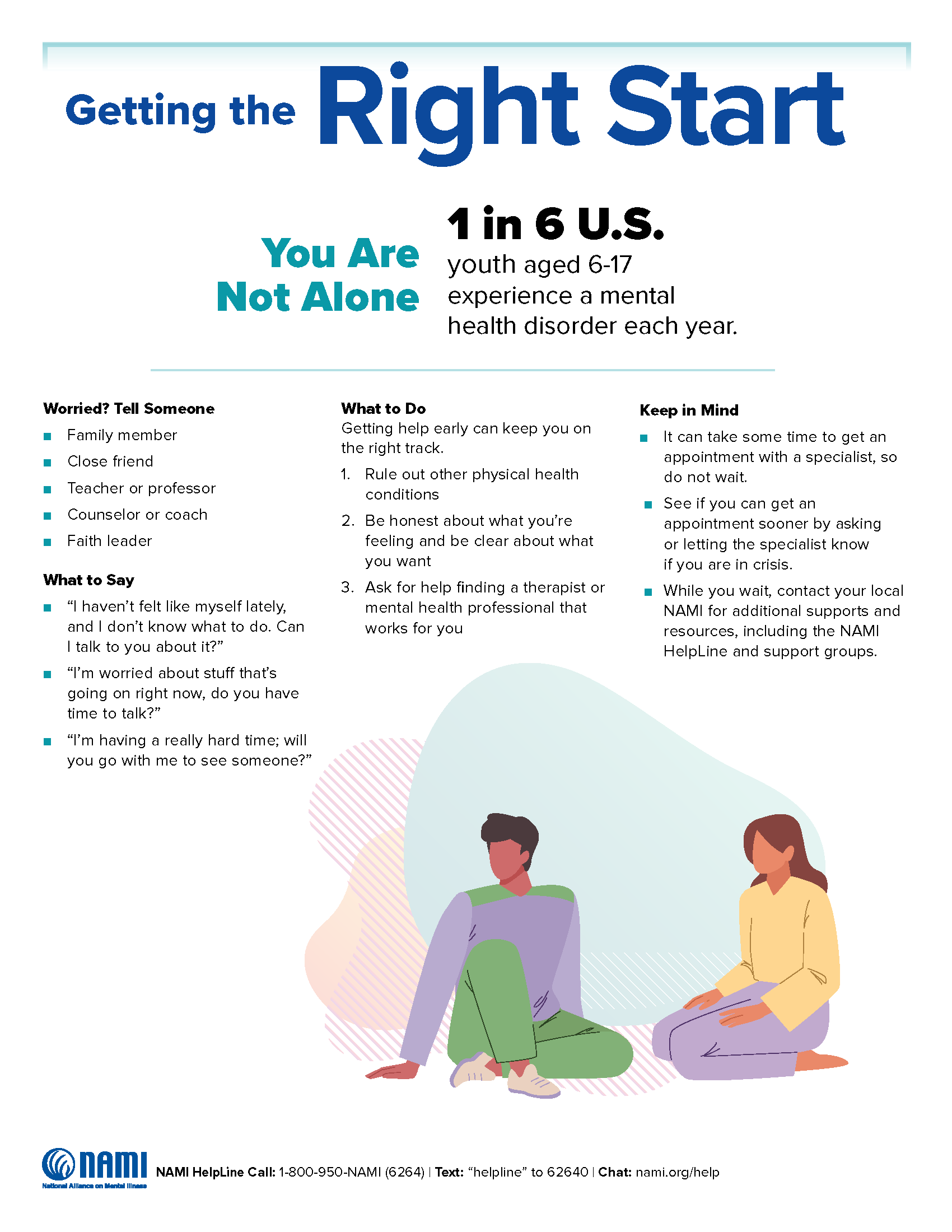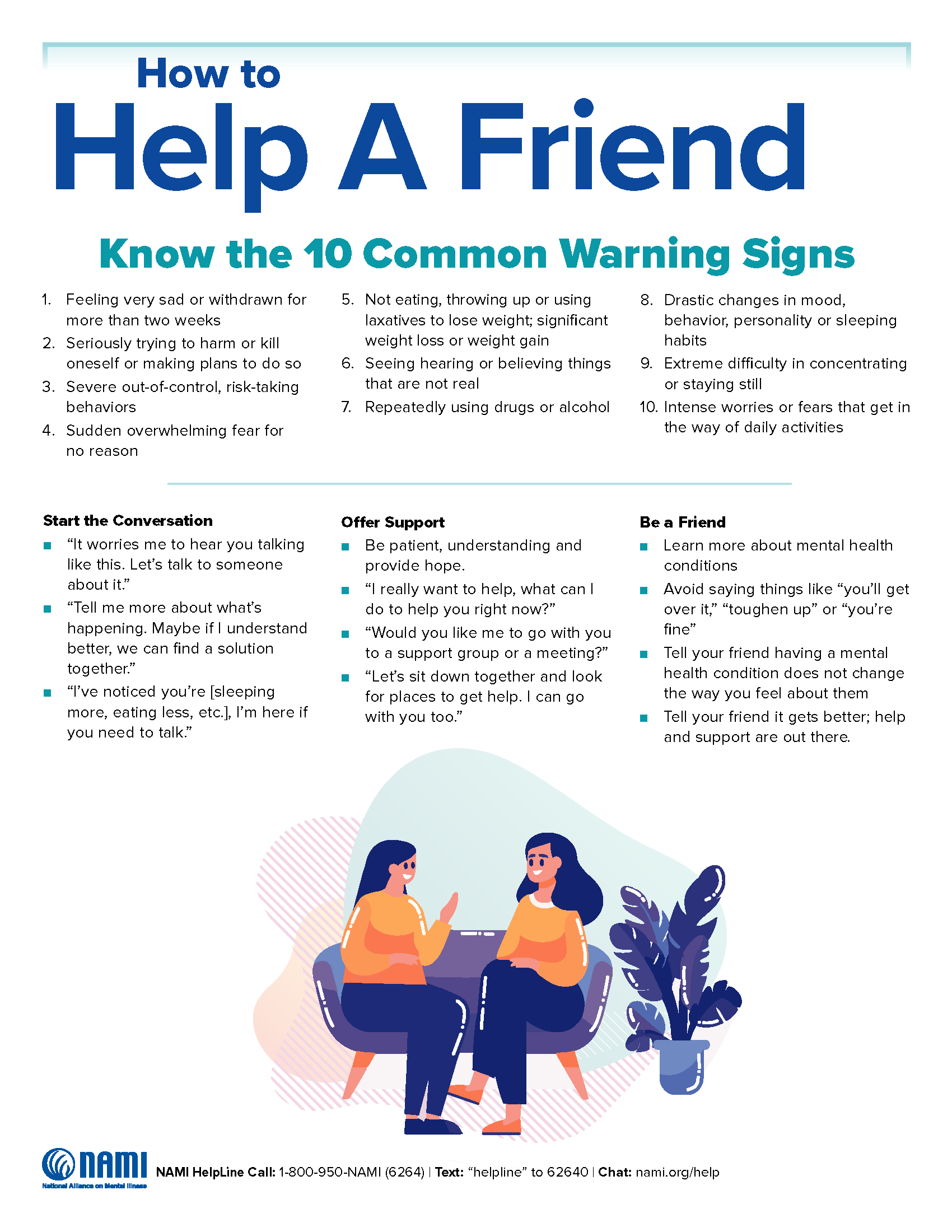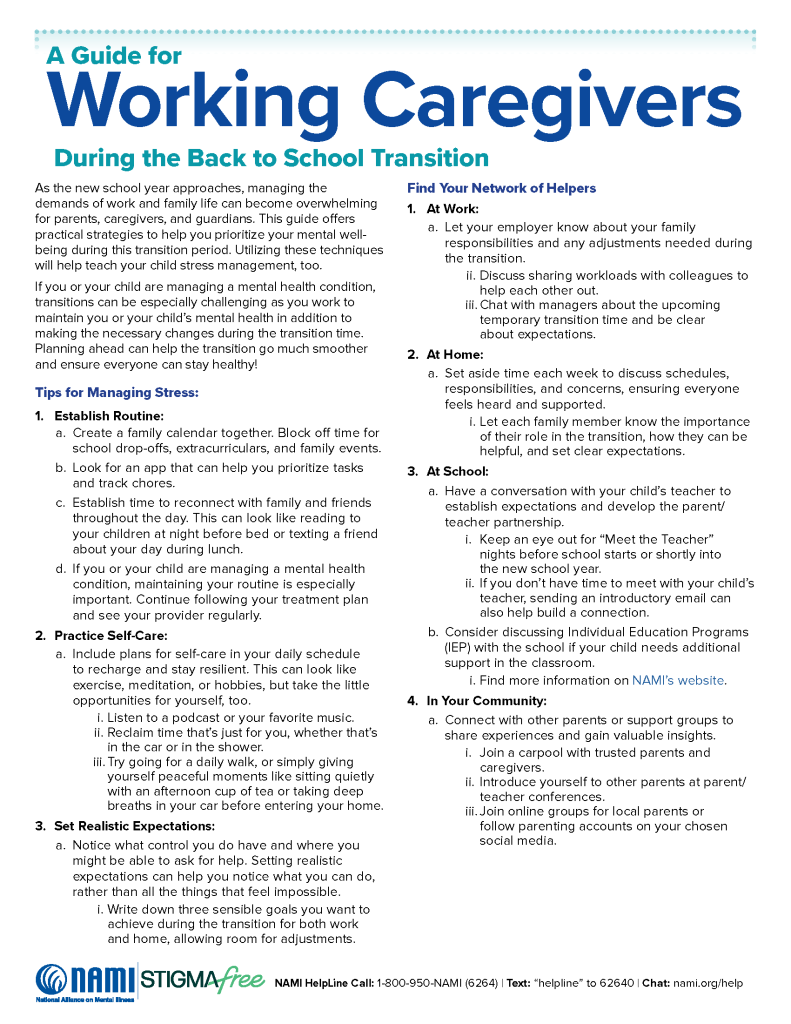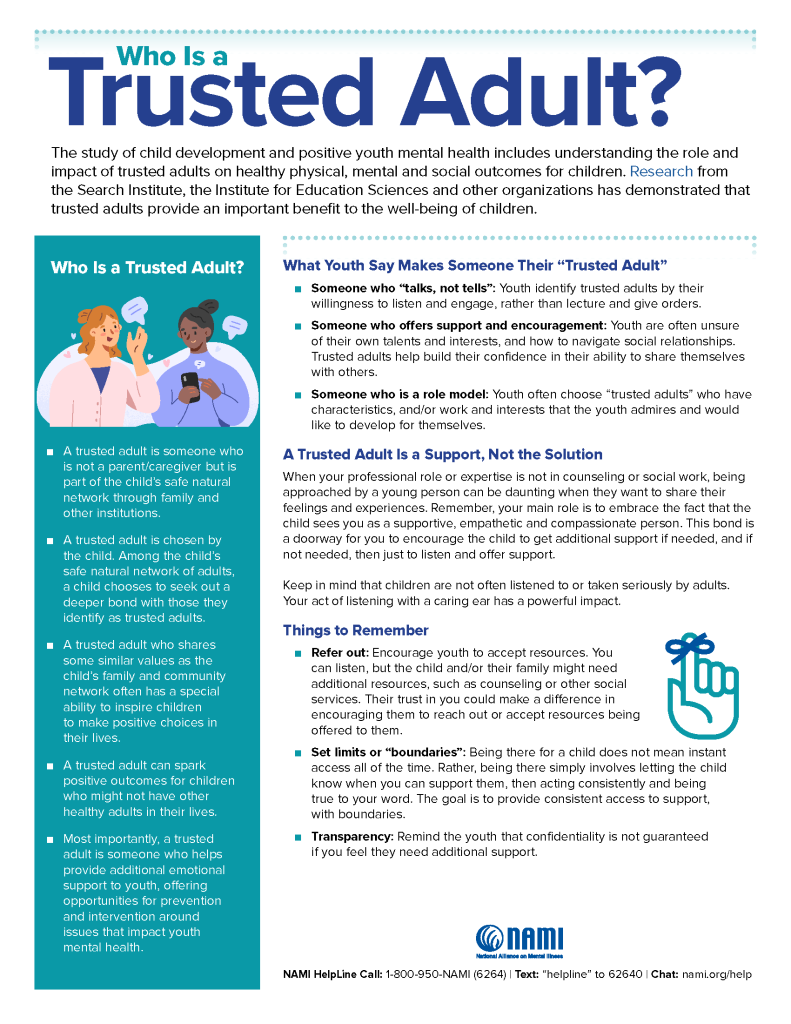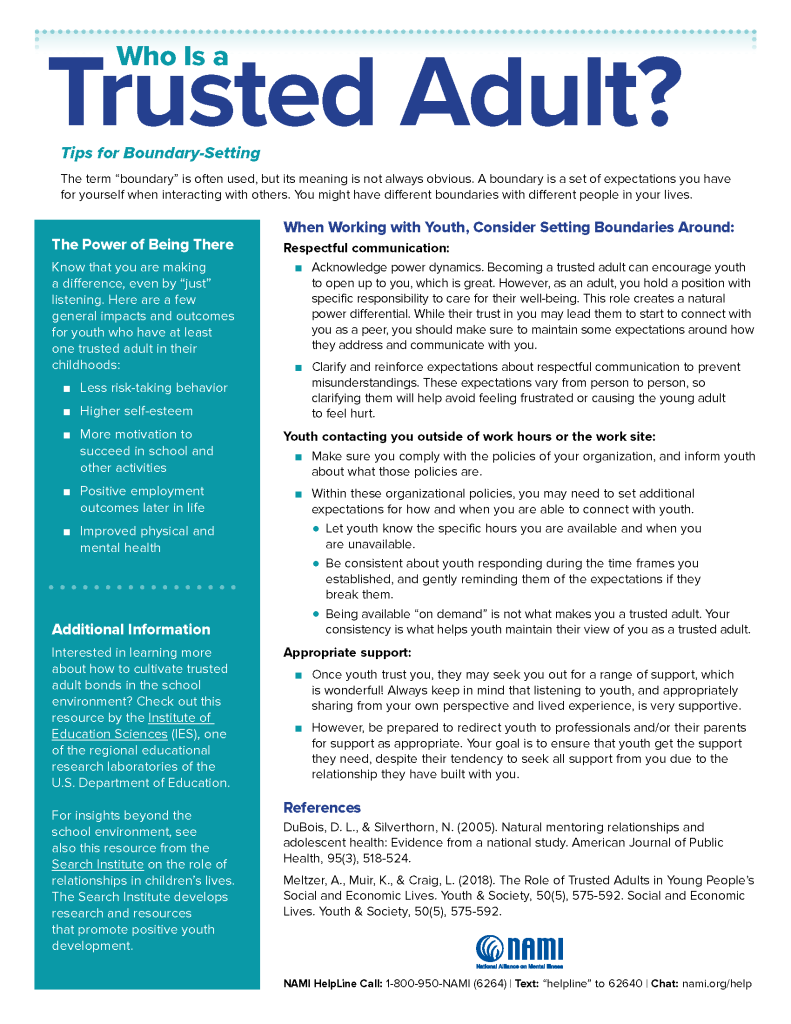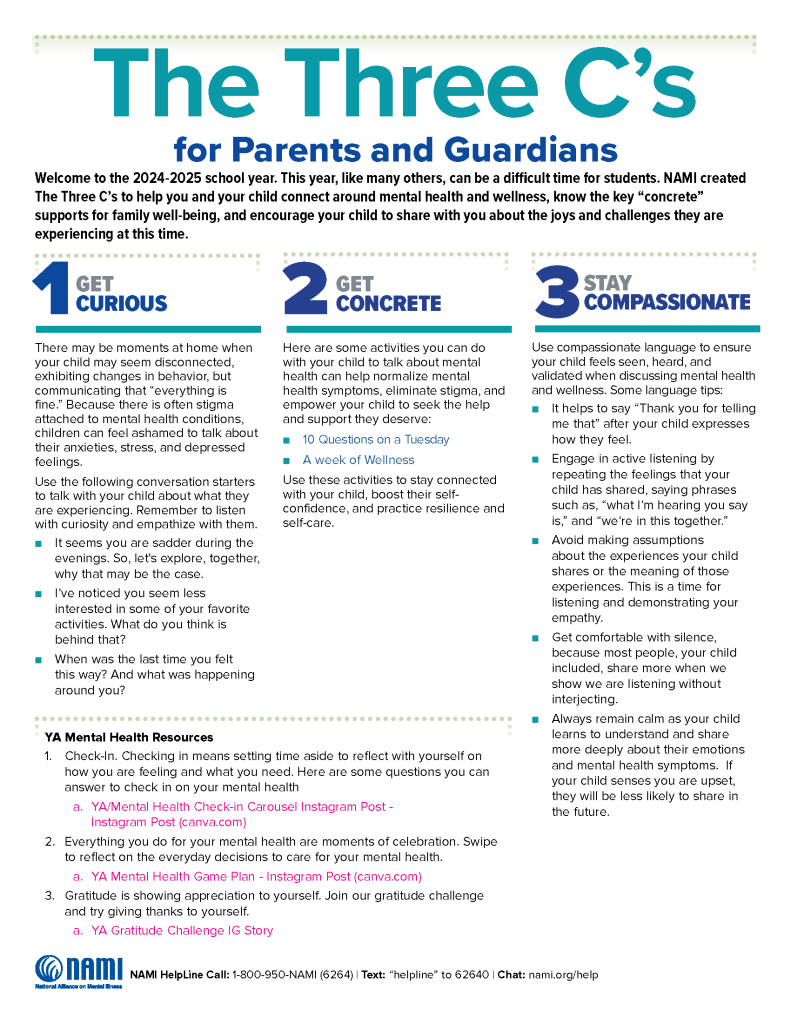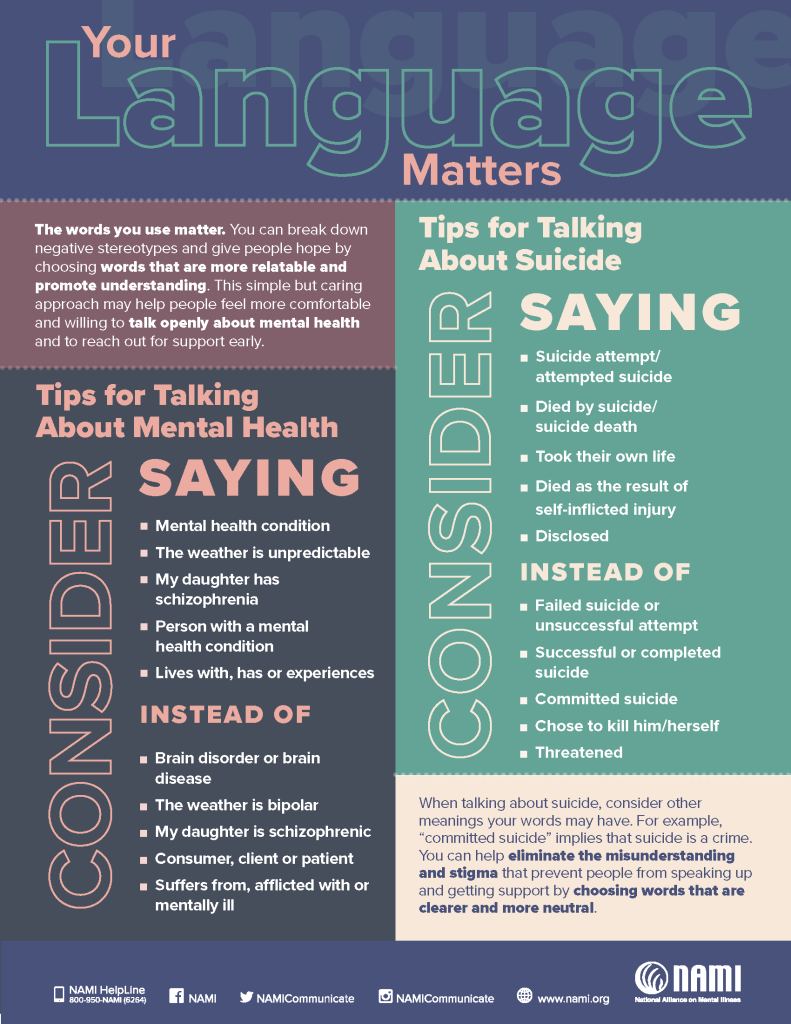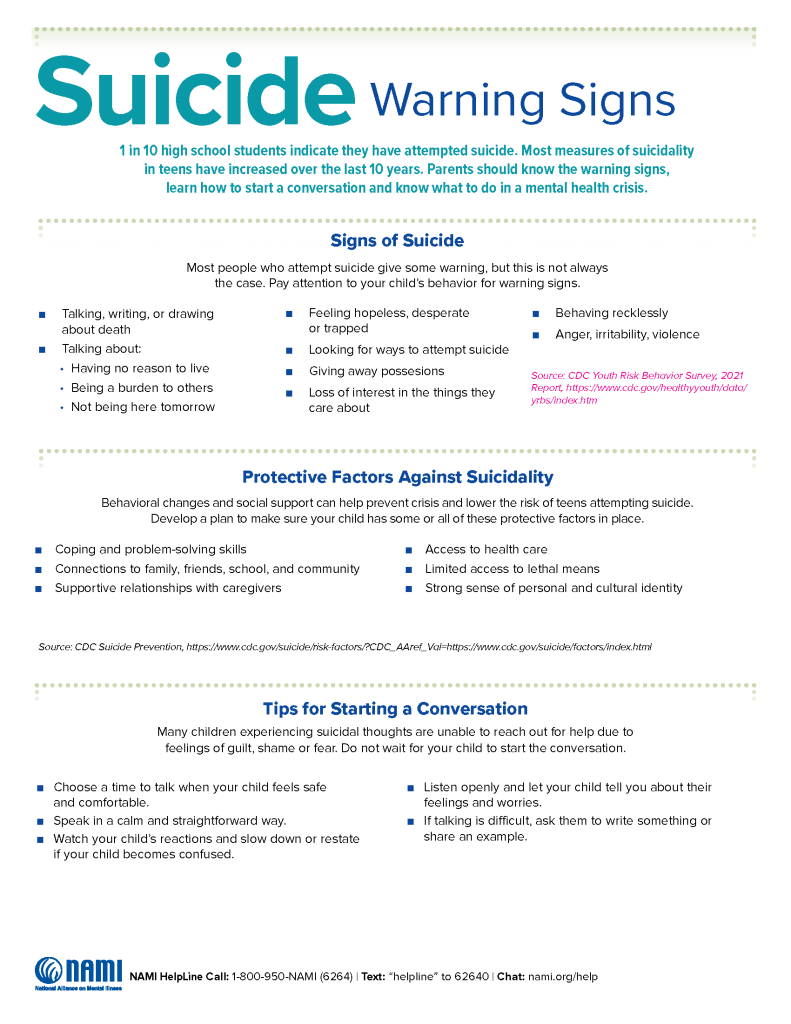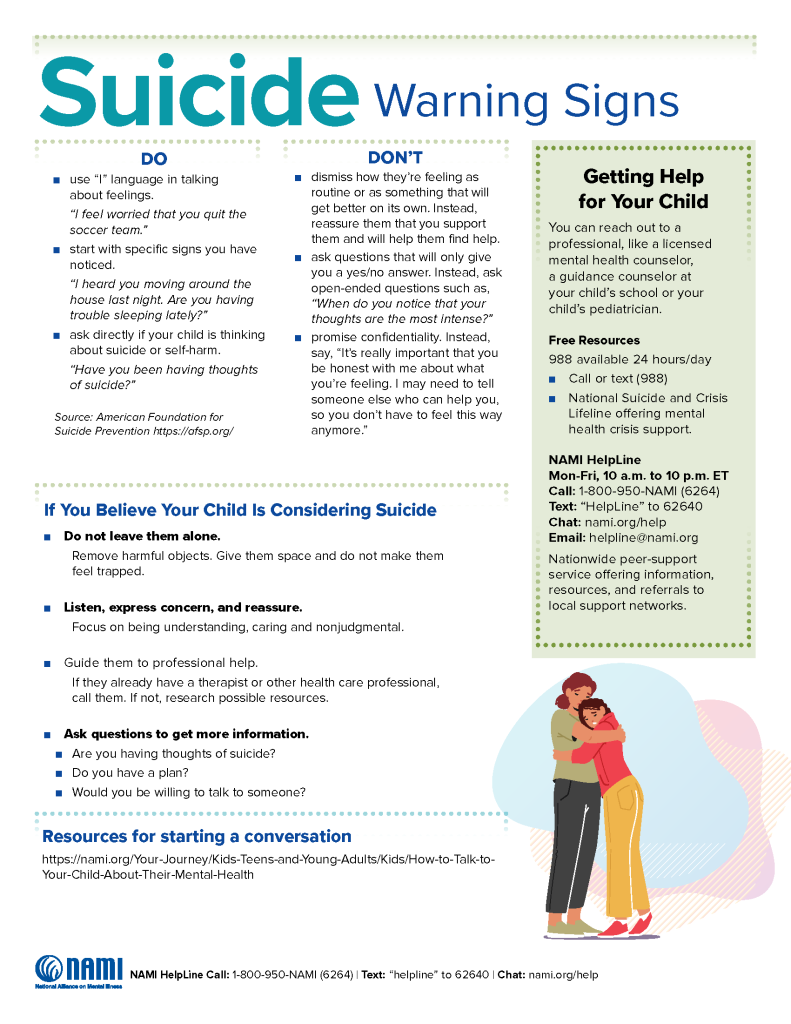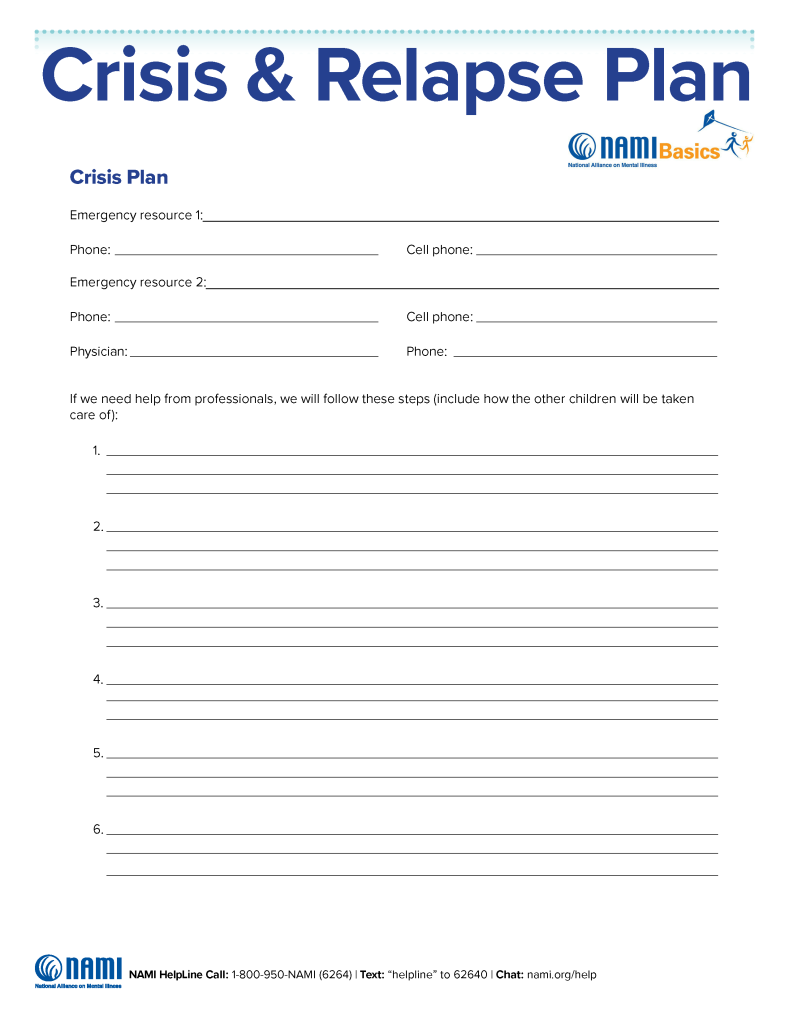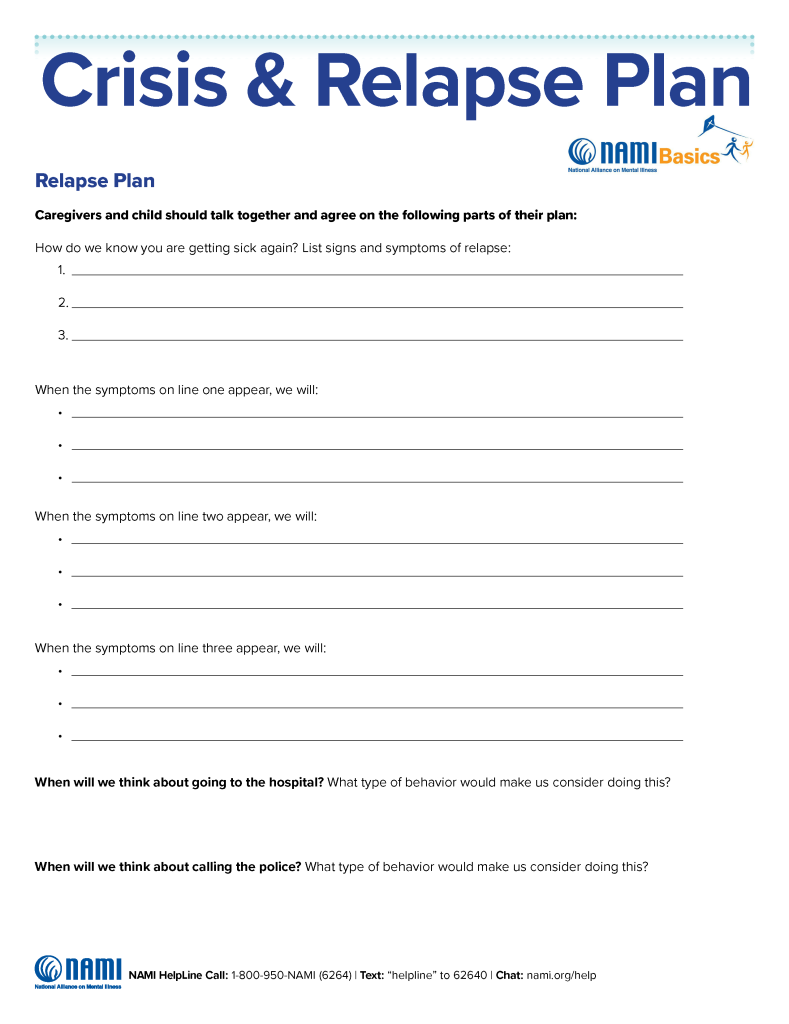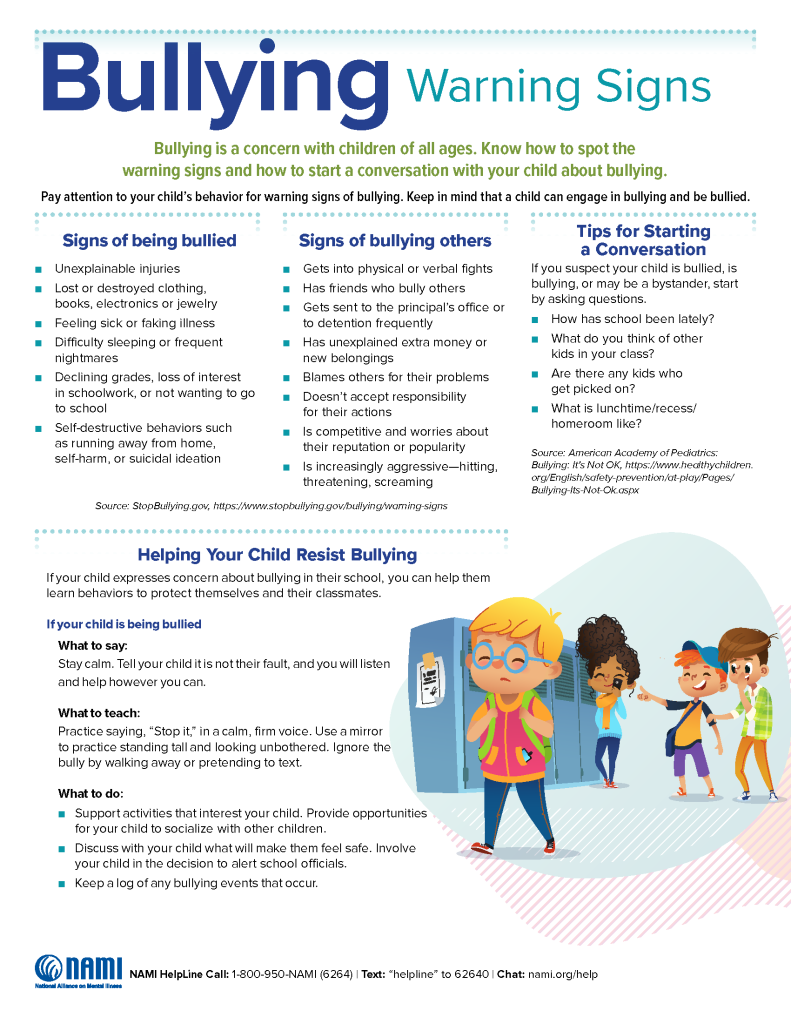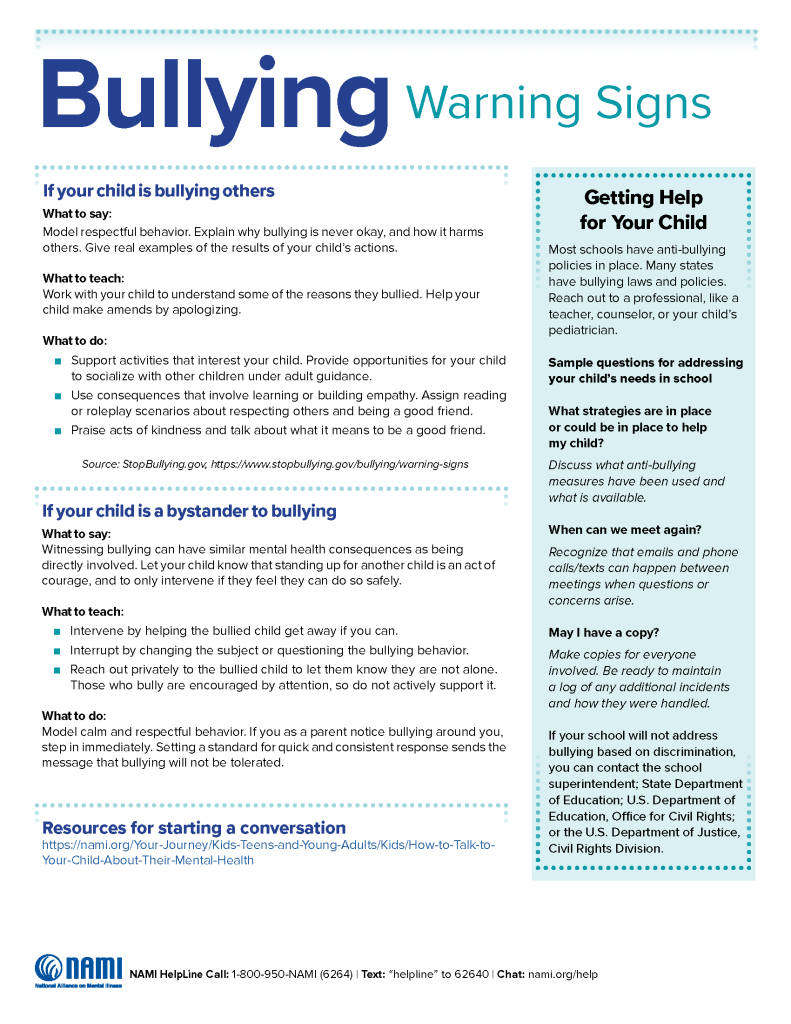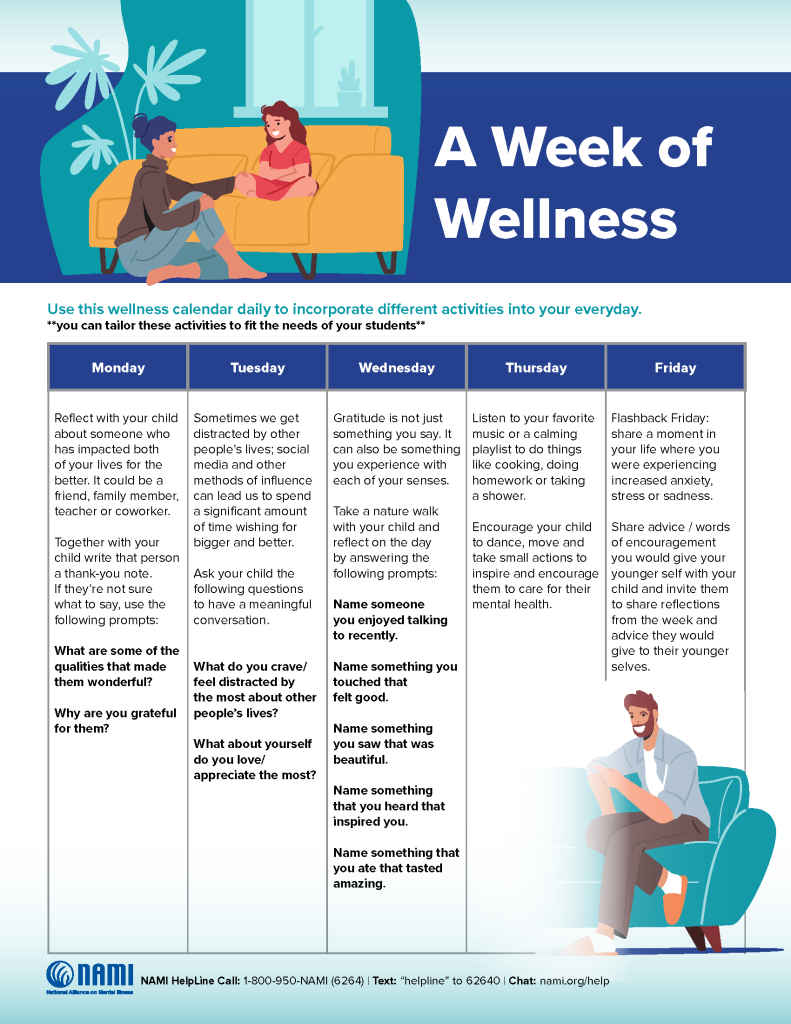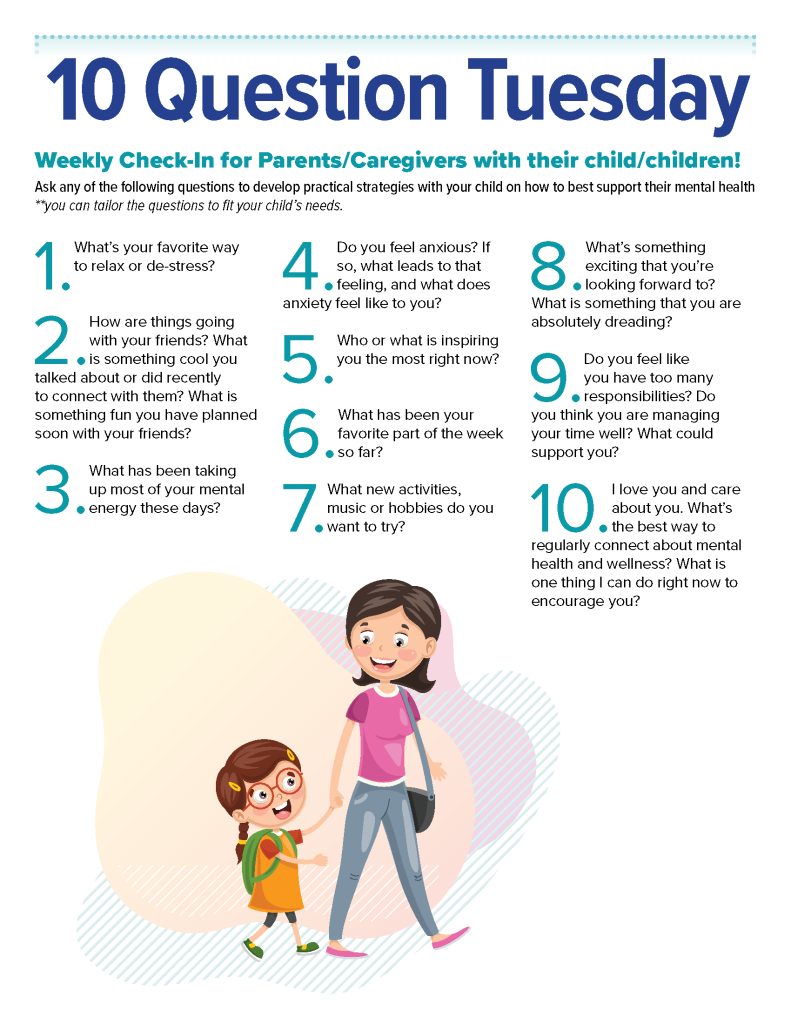Mental Health
Disclaimer: The information and resources shared on this page are meant as tools for learning and understanding, and not to be used for self-diagnosing or in place of seeking medical or mental health providers for help. Please seek out local providers in your area for professional help.
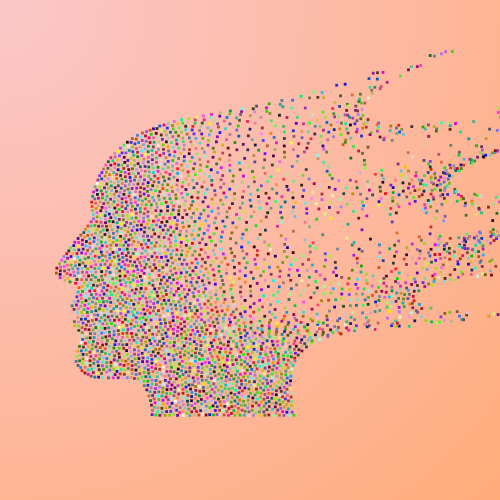
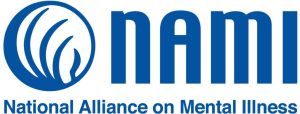
Key warning signs
Since mental health conditions often start in childhood, adolescence, or early adulthood, The National Alliance on Mental Health (NAMI) has gathered crucial information and resources designed to assist young people in accessing the mental health support they require.
- Hearing or seeing things that other people don’t
- Extreme panic
- The onset of new behaviors or rituals that are repeated
- Mood swings or frequent shifts in energy
- Changes in how they dress
Resource: www.nami.org
Commonly Seen in Adolescents
End the
Stigma
Emotional Disorders: Anxiety and depression can significantly impact school performance and social interactions, with severe cases of depression risking suicide.
Behavioral Disorders: ADHD and conduct disorder can disrupt education and behavior, sometimes leading to criminal activity.
Eating Disorders: Anorexia and bulimia often begin in adolescence, with anorexia having a high mortality rate.
Psychosis: Emerging in late adolescence or early adulthood, psychosis involves hallucinations or delusions, impairing daily life and leading to stigma.
Suicide: A leading cause of death in 15–19-year-olds, influenced by factors like alcohol abuse, childhood trauma, stigma, and access to means. Digital media can affect prevention efforts.
- Normalize mental health conversations in everyday life by referring to mental health conditions by their proper names and by being proactive about mental health topics
- Avoid using language that promotes stigma, misinformation, intolerance, or fear related to mental health
- Refrain from using derogatory, hurtful, or dismissive language related to mental health
Local Resources
Child and Family Agency
Tel: (860) 437-4550
childandfamilyagency.org
Sound Counseling Center
soundcounselingcenter.com
Pathways Center for Learning & Behavioral Health
Tel: (860) 767-1277
pathwaysessex.com
United Way of CT
Dial: 211 or
1(800) 203-1234
Hearing Impaired: Dial 711
unitedwayCT211.org
Parent/Caregiver Resources
To download and print any of these resources
Recursos
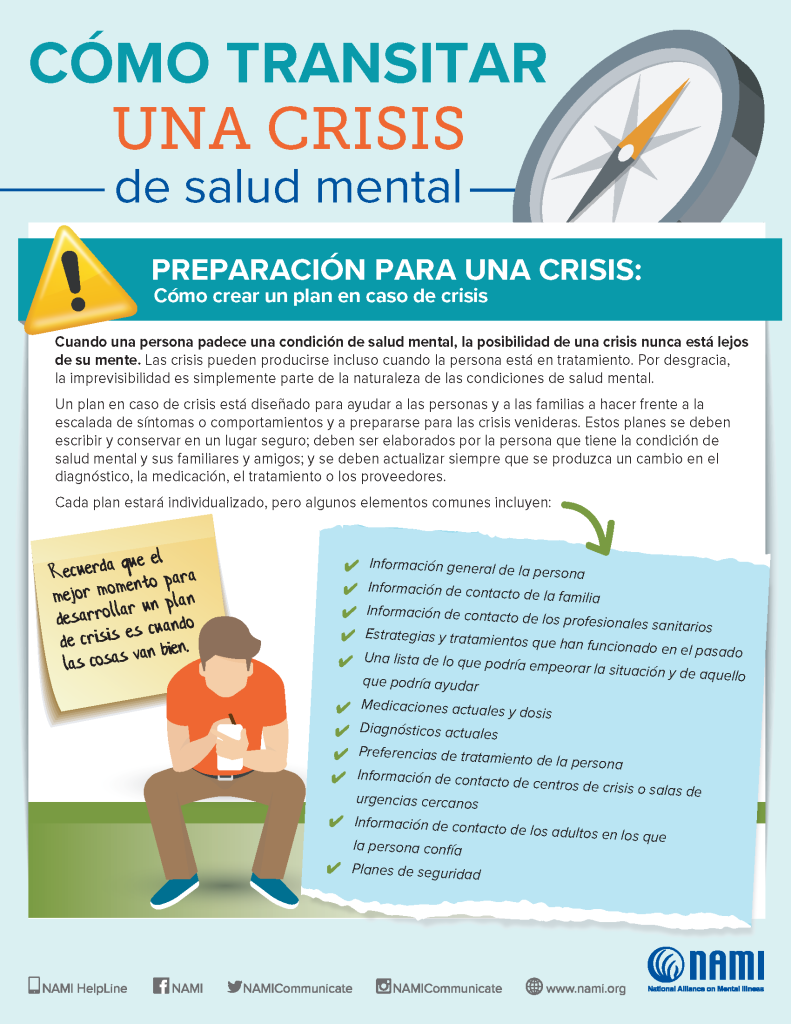
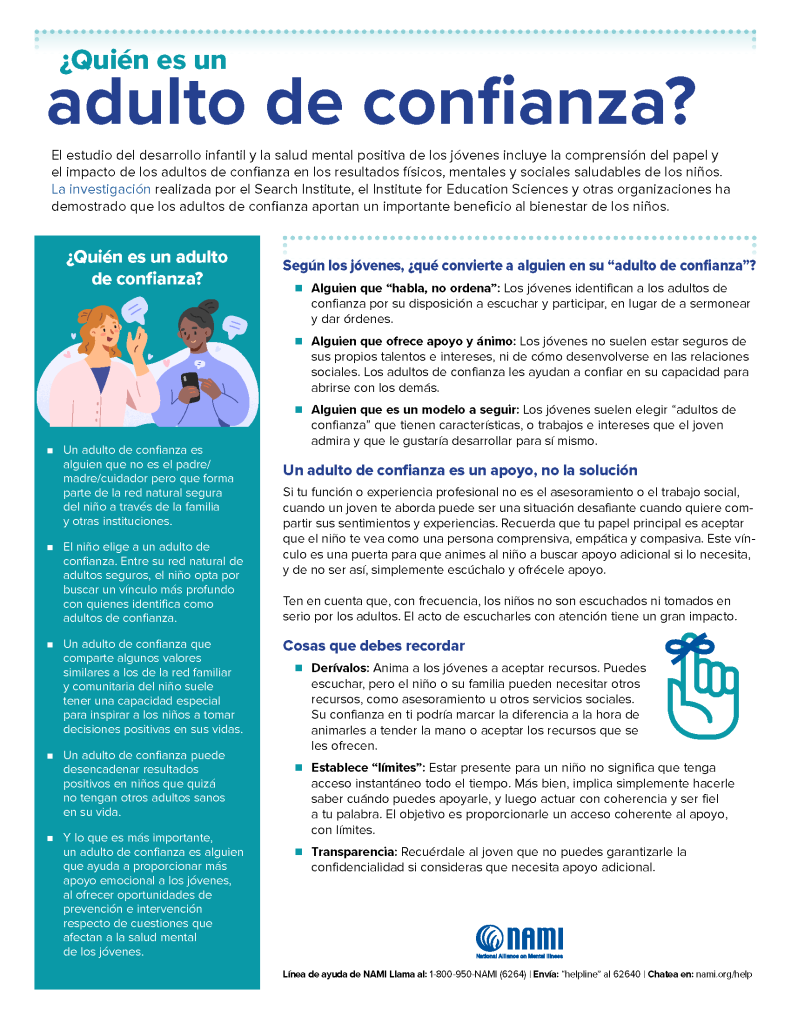
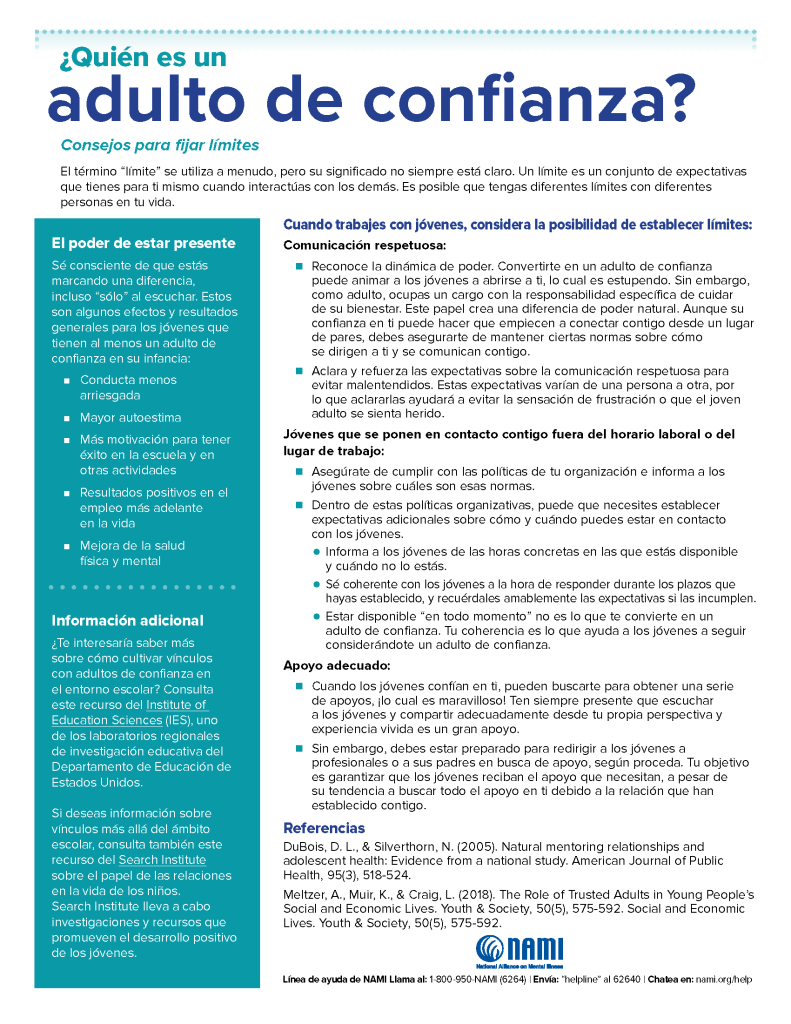
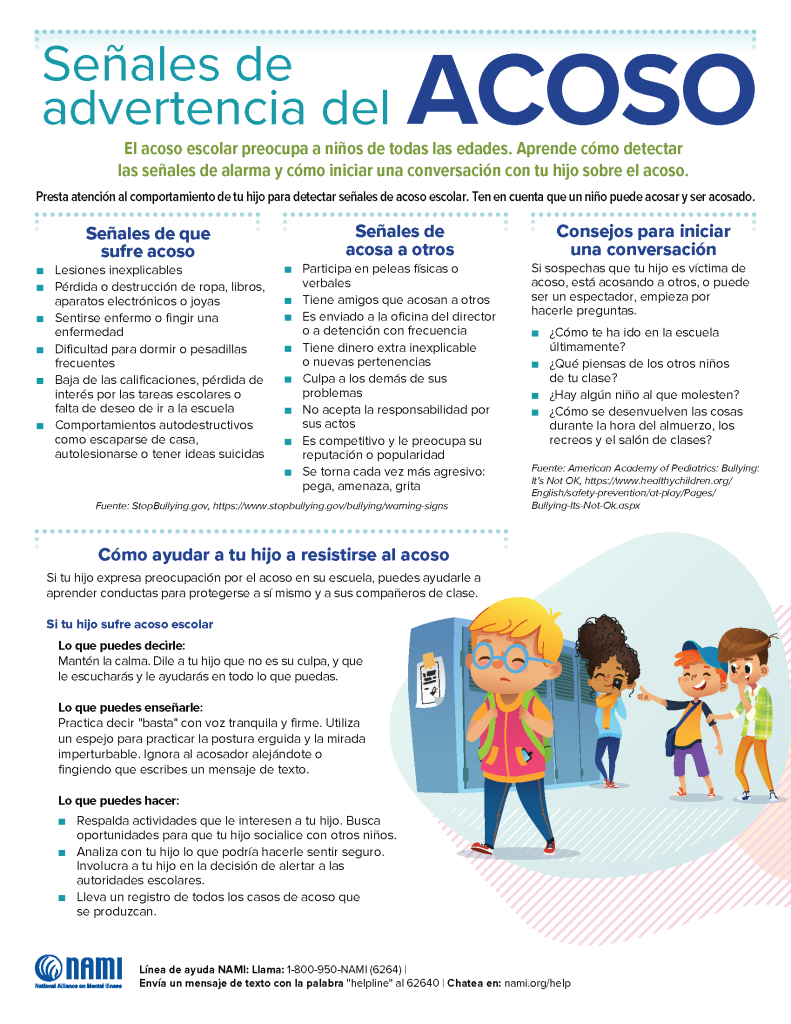
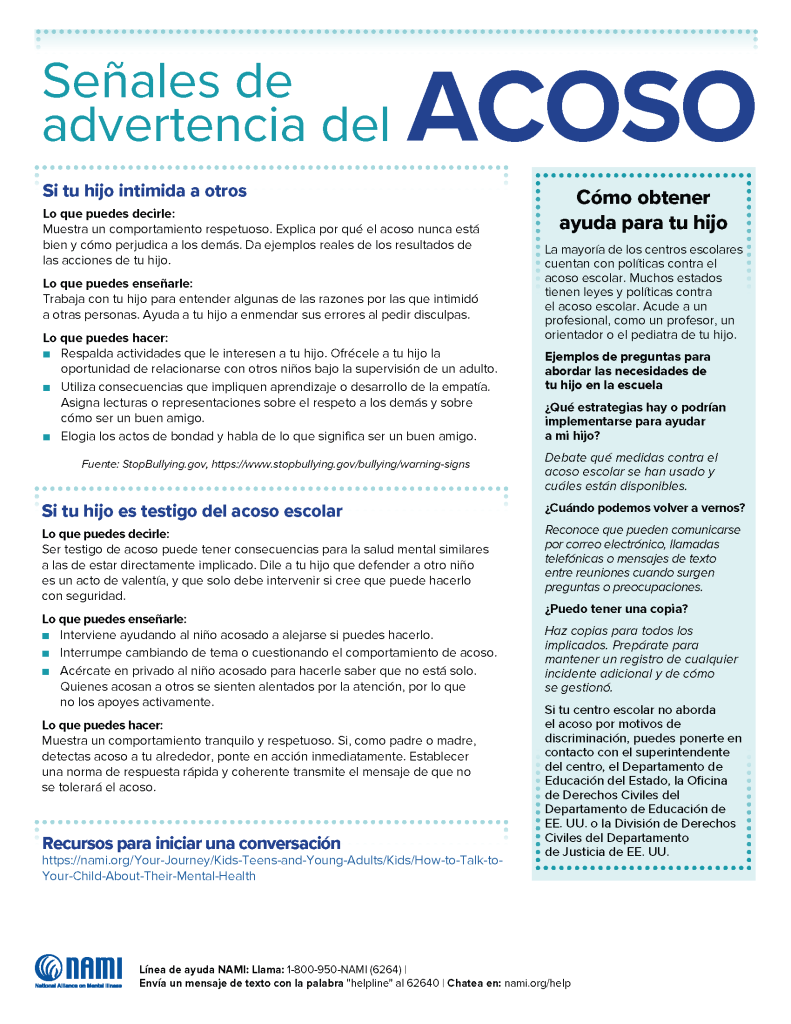
Youth Resources
